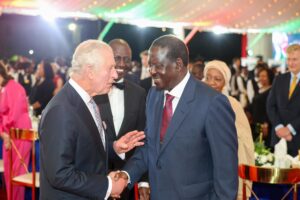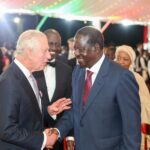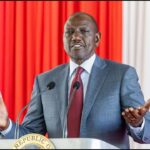Russia introduced an embargo on Countries and Companies that comply with a price cap agreed upon in Oil sales by Western Nations earlier this month.
The price cap, which was agreed upon by the G7 group of nations, Australia, and the European Union (EU) came into force on 5 December this year.
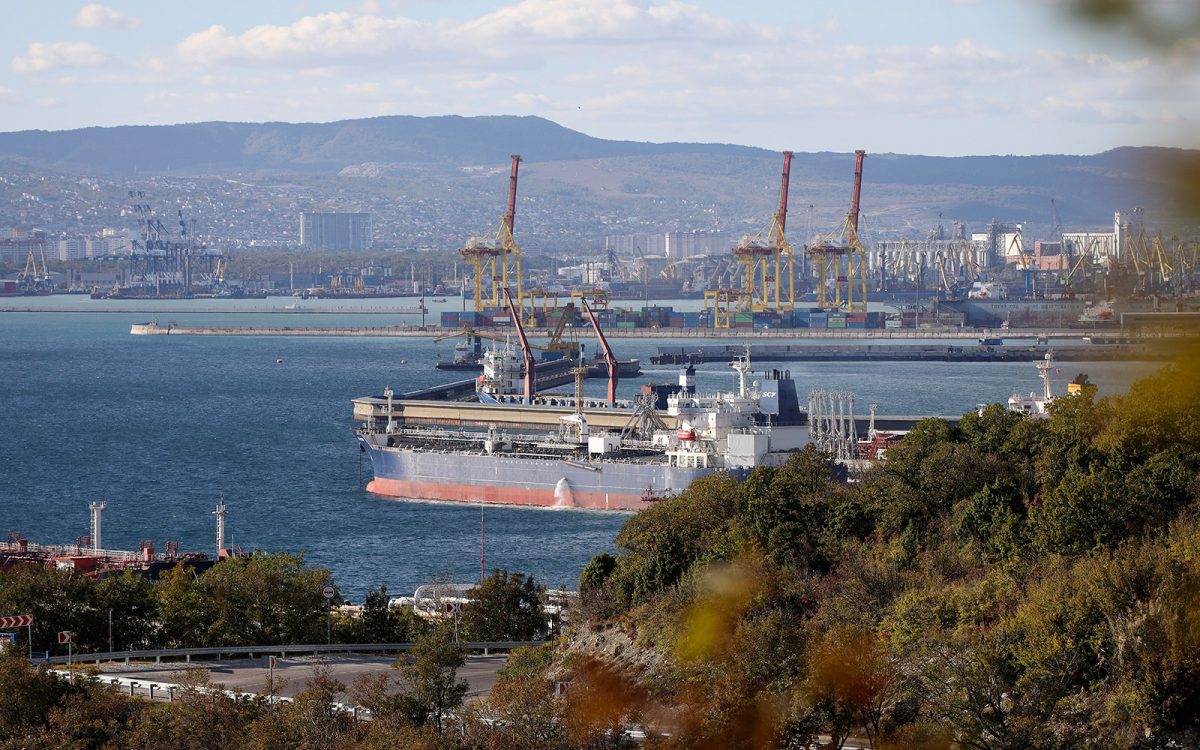
The G7 group of major economies first put forward the idea of a price cap in September in order to stop Moscow from using oil revenue to finance the war in Ukraine.
Subscribe to our Youtube channel Switch TV
The price cap aims to reduce Russian oil revenue further. It stops any Russian crude sold for more than $60 from being shipped using G7 and EU tankers, insurance companies, and credit institutions.
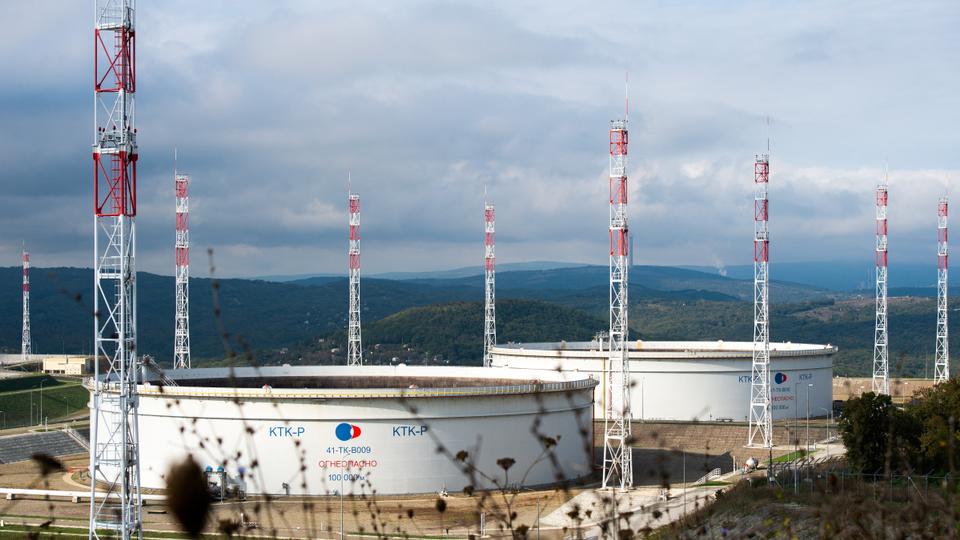
In a statement, Russia said that its Oil and Oil products will not be sold to anyone imposing the Price cap.
Further, Russian Finance Minister Anton Siluanov said on Tuesday, December 27 that Russia’s Budget Deficit could be wider than the planned 2 percent of GDP in 2023 – with the Oil Price cap squeezing Export income.
Read Also:China-Russia East-Route Natural Gas Pipeline Operational
Although Western demand for Russian Oil fell after the invasion, Russian revenue remained high due to a Price spike and demand elsewhere, including from India and China.
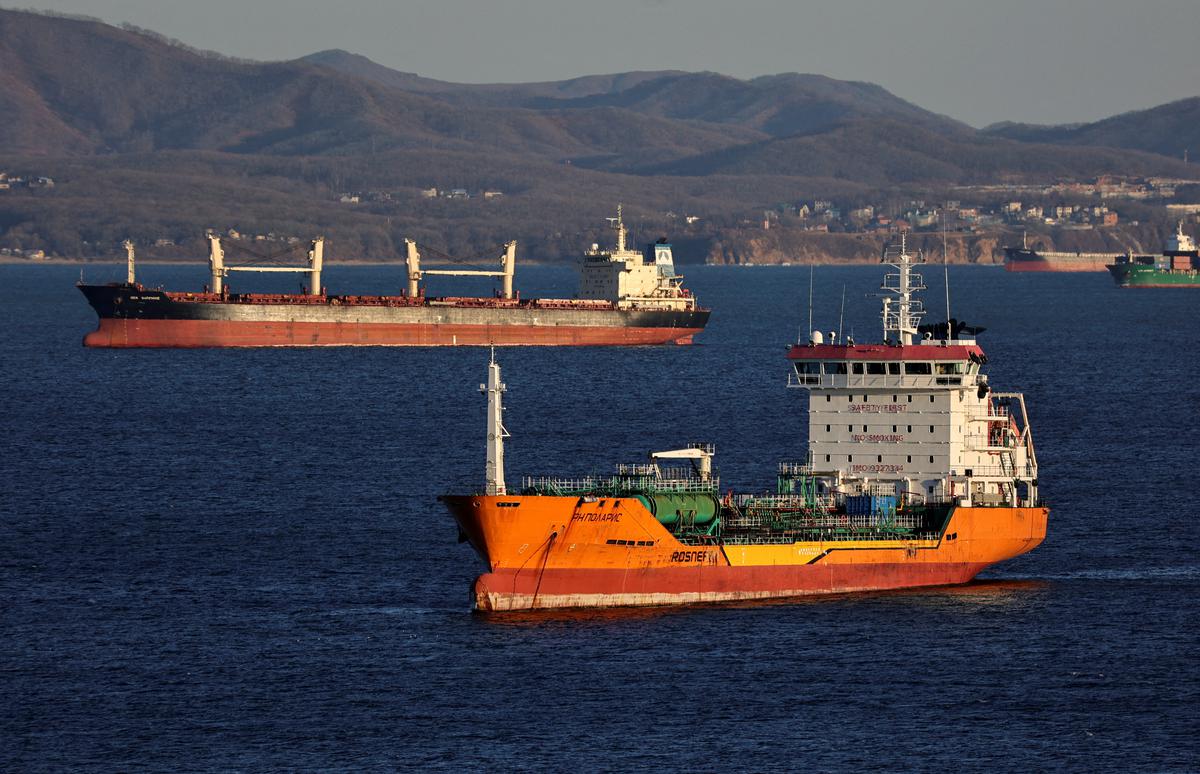
An EU-wide ban on Russian crude oil imported by sea is already in place, alongside similar pledges from the UK, the US, and others.
But at the start of this month, Ukraine’s President Volodymyr Zelensky called upon the Price cap as a “weak” idea that was not “serious” enough to damage the Russian economy.
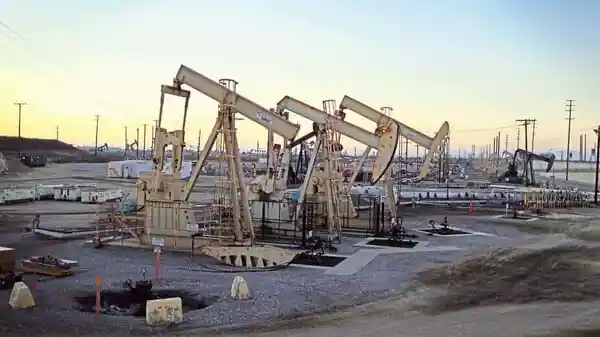
Oil is currently trading at around $80 a barrel – well down from the peaks of above $120, seen in March and June.
About the Author
Lumbasio Holman
Contributor
Digital Copy Editor, Digital Content Writer, Digital Publishing, Creative Writer, Feature Writer, and Blogger.



